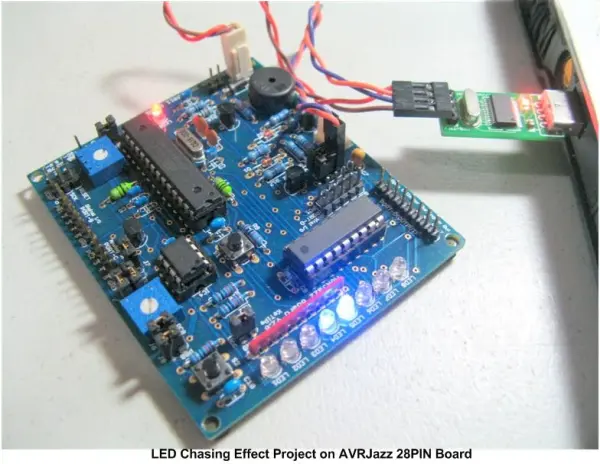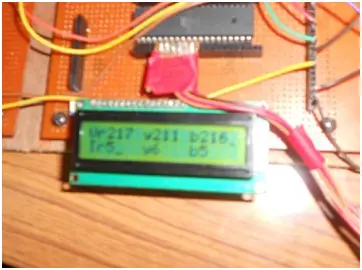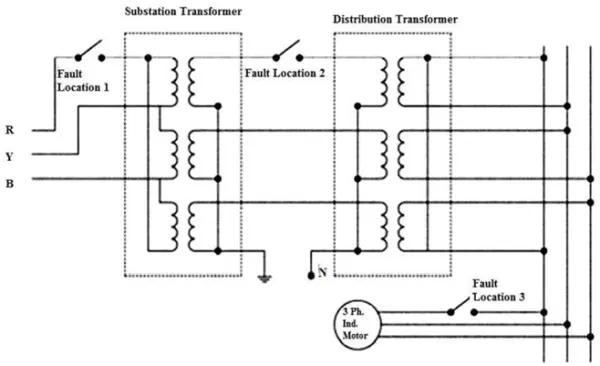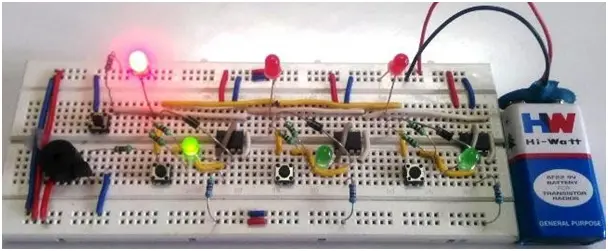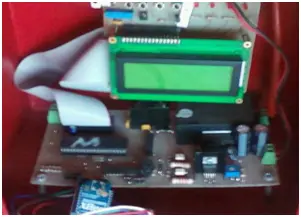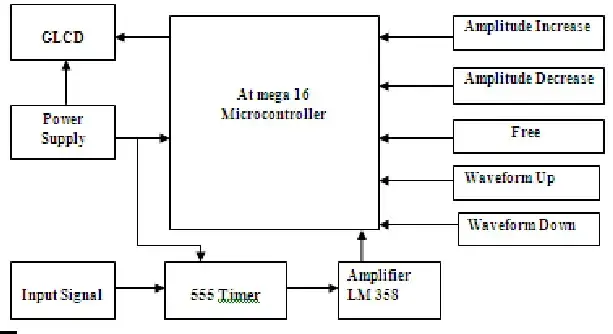An Individual Progress Report on (ECE 445)
Abstract This report will detail the work I have done since the initial submission of the design document which took place in September. This document was prepared in accordance with the final reporting guidance issued. This post will outline what I have done to restructure the team after the loss of a partner and the […]



